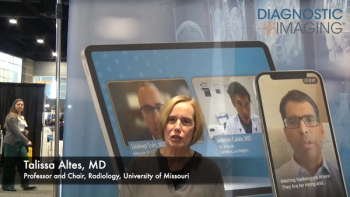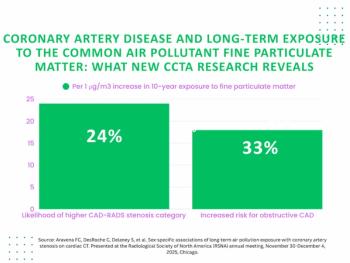
Study Suggests AI Enhances Non-Contrast CT Detection of Large Vessel Occlusion
Artificial intelligence (AI) accurately diagnosed 79 percent of proximal large vessel occlusions with an ipsiversive gaze deviation on non-contrast computed tomography (CT), according to new research findings presented recently at the Society of Neurointerventional Surgery’s (SNIS) 19th Annual Meeting in Toronto.
An emerging artificial intelligence (AI) algorithm may be beneficial in facilitating earlier detection of large vessel occlusions on non-contrast computed tomography (CT) scans and subsequent identification of stroke patients who are good candidates for a minimally invasive thrombectomy.
In a
The study authors said the AI algorithm could result in more expeditious treatment decisions for patients with acute ischemic stroke.
“Simply put, the faster we act, the better our stroke patients’ outcomes will be. Our results represent
Tarpley and colleagues acknowledged that ipsiversive gaze deviation is likely to show up on non-contrast CT images of M2 occlusions with less severe clinical symptoms. They found that only 42.4 percent of these patients had the ipsiversive gaze deviation. However, the researchers noted the AI algorithm had an 85.7 success rate in identifying the deviation in this patient population.
In comparison to control non-contrast CT scans, Tarpley and colleagues said the AI algorithm demonstrated respective sensitivity and specificity rates of 80.8 and 80.1 percent for ipsiversive gaze deviation.
“Ipsiversive gaze deviation on (non-contrast CT) is a good predictor of (large vessel occlusion) due to proximal vessel occlusions in (internal carotid artery) terminus and M1 occlusions,” noted Tarpley and colleagues.
Newsletter
Stay at the forefront of radiology with the Diagnostic Imaging newsletter, delivering the latest news, clinical insights, and imaging advancements for today’s radiologists.




























